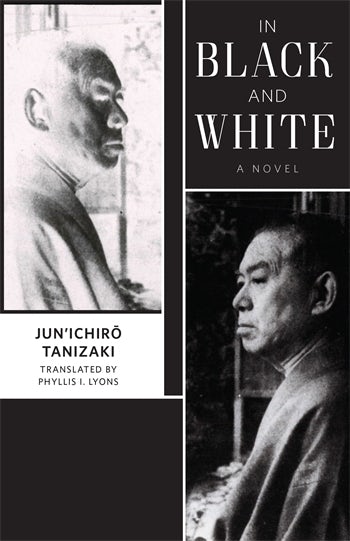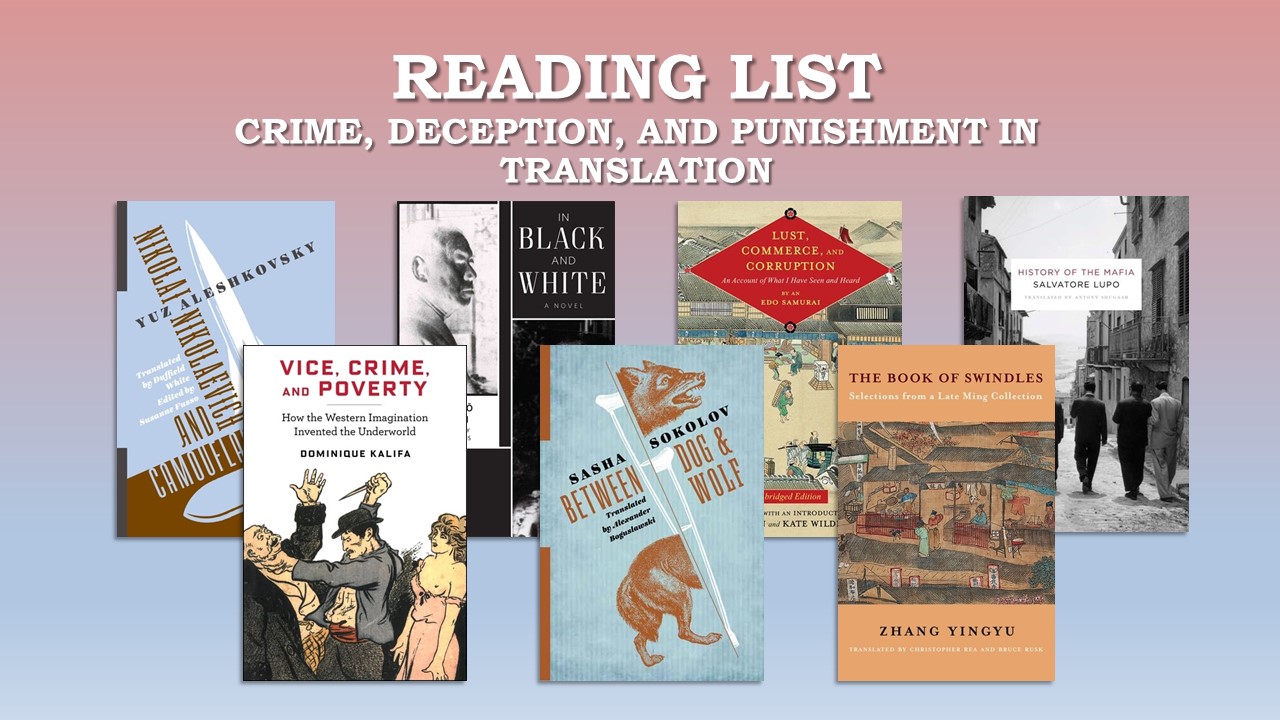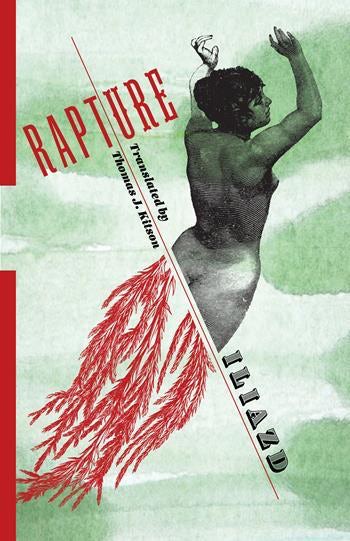Phyllis I. Lyons on Translating An Unknown Novel: Jun’ichirō Tanizaki’s In Black and White

Today we have a guest post written by Phyllis I. Lyons, professor emeritus of Japanese language and literature at Northwestern University and translator of Jun’ichirō Tanizaki’s lost novel In Black and White, for our month-long feature celebrating National Translation Month.
Don’t forget to enter our drawing for a chance to win a copy of this book or any of the other titles we’re featuring this week! The drawing will close on Friday, September 14th at 1:00 pm EDT.
• • • • • •
Tanizaki Jun’ichirō was one of the first Japanese novelists I ever read, when the whole idea that Japanese wrote novels was new to this undergraduate English major, long before I realized I would become an academic specialist in Japanese literature. Over the decades, he has remained one of my favorite writers as I have taught, written about and translated Japanese literature.
So, the thought that there might be a Tanizaki novel that I had never heard of—had never even seen mentioned in the voluminous Japanese critical literature about this towering figure—was inconceivable. And that is how I came to translate In Black and White. After I stumbled upon it and read it, I had an answer to the question that all translators ask themselves: How do I choose my next translation project? Simply, in the case of this novel, because no one has ever heard of it. And yet it is a major novel by a major Japanese writer. It appeared once, as a newspaper serial novel, and then became buried in Tanizaki’s collected works.
“The thought that there might be a Tanizaki novel that I had never heard of—had never even seen mentioned in the voluminous Japanese critical literature about this towering figure—was inconceivable.”
A master Japanese storyteller, Tanizaki was being mentioned for the Nobel Prize at the time of his death in 1965. He had been writing for over half a century; his works—novels, short stories, plays—had been read with pleasure by millions of Japanese since 1910, and although many of his stories contain what we would call “adult themes,” some of them are still in anthologies for school children. His collected works stand in twenty-eight volumes. Thousands of Japanese critical studies have poked, prodded, analyzed and rhapsodized over his literary accomplishments. A good number of the novels have been translated into films. Dozens of his stories have been translated into more than a dozen Western languages. So how could one be so ignored, and why did that happen?
1928, the year In Black and White was written, was a watershed in Tanizaki’s life, although of course we know this only in retrospect. There had been a huge earthquake in 1923 that destroyed most of Kantō, the metropolitan Tokyo-Yokohama area, killing over 100,000 people. Tanizaki, born to an old mercantile family in old Tokyo (the new nation of Japan, successor to the shogun’s world, was not even twenty years old when he was born), took refuge with his wife and young daughter in the Kyoto-Osaka area known as Kansai, along with tens of thousands of other refugees. With intense determination, government and citizens drew together and rebuilt Tokyo. Most of the refugees returned to their rebuilt homes; Tanizaki did not. For all practical purposes, he spent the remaining forty years of his life in Kansai. Already a well-known writer, he published relatively little for several years after the catastrophe. But some fault line was growing in his creative approach to his work. In Black and White appeared on that fault line. The rebuilding of Tokyo was reflected in the author’s renewal. Before, he was a good writer; from then on, he became a great writer.
“1928, the year In Black and White was written, was a watershed
in Tanizaki’s life.”
This novel was one of three written in 1928. The other two witty but serious siblings (long since translated into English as Some Prefer Nettles and Quicksand) immediately became famous and are among his most beloved works in Japan. Somehow, In Black and White, a darkly comic Cinderella, got banished. The fault line lies in the shadow of a geographical and emotional transition discernable in the three novels. In Black and White takes place in Tokyo-Yokohama sometime after the earthquake; Some Prefer Nettles hints at a family of transplants (refugees?), Tokyoites now living in Kansai, with the protagonist increasingly enamored of Kansai’s attractions. Quicksand’s locale and main female narrator are purely Kansai (except for the occasional intrusion of a presumably Kantō-derived male interlocutor).
Tanizaki was known in part as the author of murder mysteries. In Black and White is the story of a writer who kills another writer with his writing—only he didn’t. The protagonist seems to feel his creative juices drying up; opinion on his recently published murder-mystery story is summed up by one reviewer: “What—this again?” And then the murder of the other writer does take place. But not a “who-done-it,” the novel follows the tribulations of the writer, who did not commit the murder. as he tries to escape accusation for the crime he did not commit. In the Translator’s Afterword, I speculate on a number of issues clustering around the following questions: Since autobiographical fiction was a main mode in the 1920s, and many of the qualities of the protagonist seem to mirror Tanizaki’s life and career, was there any real-life murder connection? If so, what did that mean for Tanizaki’s writing?
“This sardonic, dyspeptic tale of a would-be sophisticate offers a sidelong glimpse into the development of modern Japanese culture as it encounters the West.”
The extra-literary mystery remains at the heart of the history of In Black and White: why did it disappear from public attention when the author was otherwise so active in the Japanese literary world? There is no definitive explanation so far in the ninety years since its first publication. I have some speculations, discussed in the Translator’s Afterword to the novel, to support my ponderings on this and other questions. Other musings for which I can provide no footnotes may someday yield to future research. What is undeniable, however, is that Tanizaki’s writing became richer and stronger after this year of intense engagement. In a sense, it is as if a murder did take place: the new Tanizaki killed off the old Tanizaki—the writer found a new vibrant voice and no longer needed the good-enough one.
In the meantime, I am satisfied that this sardonic, dyspeptic tale of a would-be sophisticate offers a sidelong glimpse into the development of modern Japanese culture as it encounters the West. Many readers may smile ironically alongside Tanizaki.
• • • • • •
Find out more about Jun’ichirō Tanizaki and In Black and White in Phyllis Lyons’s “Translator’s Afterword” from the book.
Read the beginning of In Black and White in an excerpt from chapter 1.








